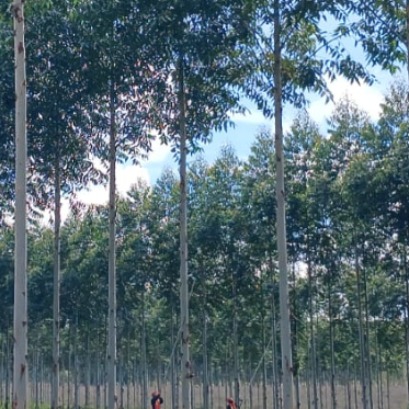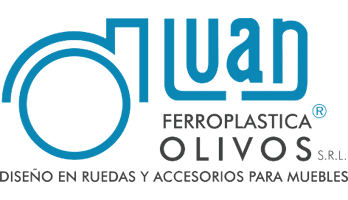
Madera microlaminada o LVL
Descripción, usos y características. Beneficios e Inconvenientes
La madera microlaminada o LVL (Laminated Veneer Lumber) tiene una gran similitud en el proceso de fabricación a la madera contrachapada. Es un material compuestos por chapas de madera encoladas en la dirección de la fibra, a diferencia de la madera contrachapada que está compuesta por una alternancia de chapas paralelas a la fibra y perpendiculares a la fibra. Esta tecnología es ideal para estructuras gracias a la elevada resistencia a flexión, uniformidad de las propiedades, poco peso y la posibilidad de curvar piezas en función del espesor de la chapa.
Este producto tuvo su auge en los años 70 usado como viguetas prefabricadas y responde a la tendencia tecnológica de homogeneizar las propiedades y conseguir mayores dimensiones en los productos de la madera.

IT MAY INTEREST YOU
 Paraguay | The plantations became instruments of territorial development and the generation of decent employment, INFONA highlights.
Paraguay | The plantations became instruments of territorial development and the generation of decent employment, INFONA highlights.
Plantings in different phases, control of ants and weeds, pruning and thinning, mechanized harvest, technology applied to the field and complete integration of the production cycle were part of the CREA Forestal proposal in its Technical Update Conference – JAT Forestal 2025. The event took place on Friday, November 14, at Estancia Ñemity, located in San Juan Nepomuceno, Caazapá, where agricultural producers, technicians, contractors, students and companies in the sector met to observe the forestry business of the future in action.
 Architecture with identity: university students from Argentina and Paraguay design and build with missionary wood
Architecture with identity: university students from Argentina and Paraguay design and build with missionary wood
The Faculty of Art and Design (FAyD) of the National University of Misiones (UNaM) hosted the inauguration of the first edition of “Yvyvyrá: territory, matter and architecture”, an international workshop that promotes learning, experimentation and architectural design using wood and other materials typical of the biomes of the Atlantic Forest (Paranaense Forest) and the Humid Chaco.
 They promote research in pine resins from the NEA
They promote research in pine resins from the NEA
The forestry industry is one of the most important sectors in the economies of Misiones and Corrientes. Thousands of hectares of pine supply the paper, pulp, boards and sawmill industry. Pinus elliottii, one of the species established in the region, in addition to providing wood, is used to produce resin, a non-wood forest product with high demand in the chemical, pharmaceutical and cosmetic industries. In 2\024, resin extraction of approximately 52,6\0\0 tons was achieved from approximately 18,\0\0\0,\0\0\0 trees in production, generating income and jobs with high expansion potential.





















